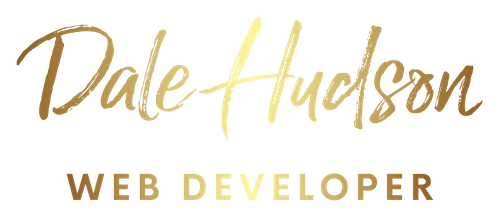Understanding MVC: Model-View-Controller
The Model-View-Controller (MVC) architectural pattern has been a cornerstone of software development for decades. It separates an application into three interconnected components, allowing for efficient code organization, modular development, and enhanced maintainability. Whether you’re a seasoned developer or just starting your journey, understanding MVC is crucial for building scalable and robust applications. Let’s dive into what MVC is and why it matters.
The basics of MVC

MVC divides an application into three main components: the Model, the View, and the Controller. Each of these components has distinct responsibilities, promoting a clean separation of concerns.
- Model
- Role: The Model represents the data and the business logic of the application. It is responsible for retrieving data from the database, processing it, and responding to requests from the View and the Controller.
- Example: In a blogging platform, the Model would manage data related to posts, comments, and user profiles.
- View
- Role: The View is the user interface of the application. It displays data to the user and sends user commands to the Controller. The View only handles presentation logic and does not directly interact with the data.
- Example: In the same blogging platform, the View would be the HTML/CSS templates that render blog posts, comment sections, and user profile pages.
- Controller
- Role: The Controller acts as an intermediary between the Model and the View. It handles user input, updates the Model based on that input, and returns the results to the View. Essentially, it orchestrates the flow of data and updates between the Model and the View.
- Example: In the blogging platform, the Controller would handle actions like submitting a new post, updating a comment, or fetching a list of blog posts to display.
How MVC works
To illustrate how MVC works, consider a scenario where a user wants to submit a new blog post:
- User Interaction: The user fills out a form and clicks the “Submit” button.
- Controller Action: The Controller receives the form data, processes it, and calls the appropriate Model method to save the new post.
- Model Update: The Model interacts with the database to store the new post and then returns a success message or an error if something went wrong.
- View Update: The Controller takes the response from the Model and decides which View to render. It could be the same form with a success message or an error message, or a new page showing the published post.
- Rendering the View: The View is updated and rendered to the user, displaying the result of their action.
This clear separation ensures that each component can be developed, tested, and maintained independently, leading to more organized and scalable code.
Benefits
- Separation of Concerns: By separating data, UI, and control logic, developers can work on different parts of the application without stepping on each other’s toes.
- Reusability: MVC promotes reusability. Models can be reused across different Views, and Views can be updated without changing the underlying business logic.
- Maintainability: Because the responsibilities are divided, finding and fixing bugs or adding new features becomes more manageable.
- Testability: Unit testing becomes simpler in an MVC architecture. Controllers can be tested independently from the UI, and Models can be validated for accuracy without concern for how they are displayed.
MVC in Modern Development
MVC has been adapted and evolved in various frameworks and libraries across different programming languages. Popular web development frameworks like Laravel, Symfony, Ruby on Rails, Django, and even JavaScript frameworks like AngularJS follow the principles of MVC, albeit sometimes with slight variations to fit specific needs.
Conclusion
Understanding and implementing the MVC pattern is fundamental for building effective, scalable, and maintainable applications. By dividing an application into the Model, View, and Controller, developers can streamline their workflow, improve code organization, and facilitate collaboration. As software development continues to evolve, the principles of MVC remain relevant, underscoring its importance in the programmer’s toolkit. Whether you’re developing a small personal project or a large-scale enterprise application, MVC is a tried-and-true pattern that can help you achieve your development goals with clarity and precision.
Additional Resources
Looking for a Laravel Developer? Contact Me to Discuss Your Project!
I’d be interested in hearing from you if you need a web developer to work on your upcoming project. Whether you require a front-end developer to create a stunning user interface, a back-end developer to build server-side logic, or a full-stack developer to handle everything from start to finish, I have the knowledge and experience needed to produce excellent results. Therefore, don’t be afraid to email me at contact@dalehudson.co.uk if you’re interested in working together or have any questions about my services. I would be delighted to talk with you about potential projects and assist you in realising your visions.

